I’ll just come right out and say it— follower counts are mostly worthless.
Having a million followers doesn’t mean anything unless those followers are engaging with your content.
It’s easy to hoard followers on social media. All you need to do is follow as many people as you’re allowed to and you’ll get people to follow you back. Heck, you can even jump on Fiverr and buy large amounts of followers for pretty much any social network if you want.
But what’s the point?
To have a big number on your profile page? To impress people with how “popular” you are?
Well I’ll tell you what— the only thing more embarrassing than a social media profile with zero followers is a social media profile with a ton of followers and zero engagement. It means you’ve effectively attracted people who don’t care about what you have to say. Or worse, you’ve just attracted a bunch of robots.
For bloggers, a similar vanity-driven metric is the page view. What does it matter if you’re getting a million page views if they’re not leading towards a tangible goal?
Unless you’re selling advertising on your blog, I’ve got bad news for you— page views aren’t going to pay the bills. And even then, if those page views aren’t leading to ad clicks then you’re not going to be making much of a living.
The one meaningful metric you need to be measuring is this: engagement.
[clickToTweet tweet=”Forget follower count, what you need to be measuring is engagement. #SocialMedia #Marketing” quote=”Forget follower count, what you need to be measuring is engagement.”]
What is engagement?
Engagement is a piece of social media jargon that has been tossed around so much it’s almost nauseating. Unfortunately though it’s the best way to articulate the most meaningful part of what social media and digital marketing should be about.
Here’s how I define engagement in a digital marketing context:
engagement – interactions, exchanges and actions taken on your content.
Now let’s break down what that looks like on social networks and on your blog.
Social Media Engagement
On social media networks such as Facebook, Google+, Twitter, Pinterest and others, engagement is pretty easy to monitor.
Some examples of social media engagement would be:
- Comments / replies / mentions
- +1s / Likes / Favorites
- Shares / Reshares / Retweets
- And the all-important click-through (when you share a link and someone actually clicks it)
Smart social media marketers value these far more than follower count, because these are the types of actions that tell you whether or not your social media posts are being seen. Even more importantly— if they’re being seen and causing people to respond.
Being that the goal of most businesses and brands on social media is to get people to know, love and buy from them (or continue buying from them), it only stands that interaction is the most valuable way of knowing if you’re attracting the right audience.
While these metrics can also be a full of fluff, they are far more valuable than a simple follower count.
[clickToTweet tweet=”Once you know what causes people to take action, you can create more of it. #SocialMedia #Marketing” quote=”Once you know what causes people to respond or take action, you can create more of it.”]
To monitor these stats there are a number of tools you can use. Personally, I use Buffer’s analytics.
Buffer offers all the social media engagement metrics you could possibly need for:
- Google+
For each of those networks you have all the metrics you should be tracking. But most importantly you want to look at the higher value engagements:
- Shares / Reshares / Retweets: This means they’re spreading your content to their audiences, growing your reach further than yourself.
- Comments: This means your content has cause them to stop in their tracks and say something directly to you. Take these opportunities to grow your relationships with them.
- Clicks: People are actually compelled to click-through on the links you’re sharing, giving you the ability to take their engagement with your brand further.
Those are the highest value actions that your followers can take on Google+, Facebook, Twitter, Pinterest and LinkedIn. These are the actions you should be looking to get more of.
Within Buffer you can discover which posts are driving these actions. Find out which ones are working the best and create more content like it.
If you don’t have access to Buffer analytics though, here are some ways you can track these metrics.
Native Social Analytics
Most social networks will give you a pretty decent amount of analytics. Let’s break them down one by one:
Facebook offers a decent amount of metrics for pages (not profiles). In fact, they even have an entire section called Engagement. That section displays the amount of Likes, Comments and Shares in a given time period.
It’s also good to look at the Post Reach section to see how many people are actually seeing your posts. You can then compare that to the number of Likes, Comments and Shares to see how well your content is actually doing.
Aim to improve your engagement and your reach will follow.
Have you explored how to use Twitter fully? If not, I highly recommend spending some time getting to know the platform–it can help you learn a lot about your target audience.
If you go to your Twitter Analytics you can see a full set of tasty stats about your profile. There’s a lot of clutter on the main Twitter Analytics dashboard though, so the first thing you want to do is go to the Tweets tab.
Skip everything you see in the primary column and look straight to the Engagements section. There you’ll find
- Engagement rate
- Link clicks
- Retweets
- Replies
Your engagement rate is the one metric you want to look at improving. That is the average percentage of engagement you get per tweet.
You can then scroll through the Top Tweets tab and find which of your tweets performed the best. Take note, and tweet more things like those.
Google+
For Google+ pages you are able to see a limited number of metrics to gauge how well your content is performing.
From your My Business page click on the View Insights button. Then immediately click on the Engagement tab. You’ll see a nice graph of the actions taken on your posts over the last 30 days.
Below that graph you will see a box that will allow you to scroll through your recent posts and the actions taken on them. Again, you’ll want to take note of what content was getting the greatest return.
You can also take a quick look at the box below the Recent Posts box that lists Average actions by post type.
This will show you instantly what types of posts are getting the most engagement.
For more comprehensive Google+ Analytics for both pages and profiles, you may want to check out Steady Demand Pro.
I’ve really come to love the simplicity of Pinterest analytics. They give you just what you need, segmented in a way that’s highly effective.
When you visit your Pinterest Analytics page click on the Your Pinterest Profile link. Then you’ll want to immediately click on the Repins tab. You’ll be able to see a list of your most repinned content and you’ll also be able to see how many clicks that content has also gotten.
Periscope
At the end of every broadcast you are given a handful of metrics. The only one I care about is retention. I spoke about this as one of my Periscope Pro Tips.
Since you can’t currently see any other stats besides the four given at the end of a broadcast, the only engagement metric you need to focus on is the retention. This is the percentage of people who jumped into your broadcast and stayed until the end.
If your retention is high, it means you’re effectively capturing and keeping your audience’s attention. If your retention is low, that means you’re not providing the value that your audience is looking for— or maybe you’re just broadcasting too long.
Hearts are a secondary form of engagement that you can monitor is the number of hearts given in the broadcast. While this is also a shallow measure, it’s still a small gauge of whether or not the people in your broadcast are enjoying what you’re saying.
YouTube
It’s no doubt that when it comes to YouTube analytics— there’s more than enough to dig through. It’s actually kind of overwhelming, even for someone who’s used to looking at analytics and stats all the time.
So again, it’s important to monitor the metrics that matter the most. What metrics matter the most on YouTube?
I asked that question on Twitter and here’s the best response I got:
@MentorMate @DustinWStout thx, you two…great question! 1) Retention rate of peeps watching video. 2) Are they clicking on annotations/CTA.
— Ryan Peña (@iRyanPena) August 14, 2015
Much like Periscope you want to monitor your retention more than anything else. To find this you’ll need to navigate to your Creator Studio > Analytics > Audience Retention.
The most important numbers on this page will be Average Percentage Viewed. That is the average percentage of a video that your audience watches per view. When that number is low, it means people aren’t sticking around to watch your entire video.
You also have an entire section devoted to Engagement reports under your YouTube Analytics. The most crucial to me are:
- Subscribers
- Comments
- Shares
Knowing if and why you’re growing in these three areas is crucial to the long-term success of your YouTube channel.
Website Engagement
Now that we’ve talked about the ways to measure engagement in social, it’s time to get into the most important place to measure engagement— your website.
This is also a little more complicated because it will involve getting to know Google Analytics and diving deeper than your usual Overview dashboard. It’s important though because it’s a vital part of a growing website.
It’s easy for bloggers to get caught up in vanity metrics such as page views or visits. But these numbers in and of themselves can be shallow measurements just like follower counts.
The primary engagement metrics most website owners or bloggers should take into consideration are:
- Comments
- Social Shares
- Email sign-ups
Those are all good metrics to monitor, and they do represent valuable engagement. But that’s about where it stops for most.
You should actually be monitoring one more metric that could be the one insight you need to take your content to the next level.
What is that metric?
It’s what Chase Reeves calls The Engagement Report. This is a Google Analytics report that you can run by following a 5-step process:
- Set a long date range
- Go to Behavior > Site Content > All Pages
- Click the Comparisons icon
- Choose Page views as the primary metric and Avg. time on Page as the secondary metric
- Take note of the green bars
The green bars will indicate the pages that people are spending the most time on. What does that mean? You’ve managed to keep their attention span engaged. It means they’re actually reading your content, not just scanning for a few seconds and then leaving.
[clickToTweet tweet=”Using @GoogleAnalytics, find your most engaging content with these 5 steps. #Marketing” quote=”Using Google Analytics, find your most engaging content with these 5 steps.”]
Conclusion
The big idea that drives all of these engagement metrics can be summed up into one word: Attention.
Are you getting people to actually pay attention to what you’re creating online? That’s the question you need to be asking above all and before all else.
[clickToTweet tweet=”Are your #marketing efforts getting people to pay attention & take action? Measure these metrics:” quote=”Are your marketing efforts getting people to pay attention & take action?”]
Focus on producing engagement and forget about how many followers you have. Monitor whether or not your engagement is going up and keep doing more things that foster that engagement.
If you do this well, higher quality followers, higher quality shares and more sustainable success will follow.
So what do you think? Did I leave any engagement metrics out? What would you add? You can leave a comment by clicking here.

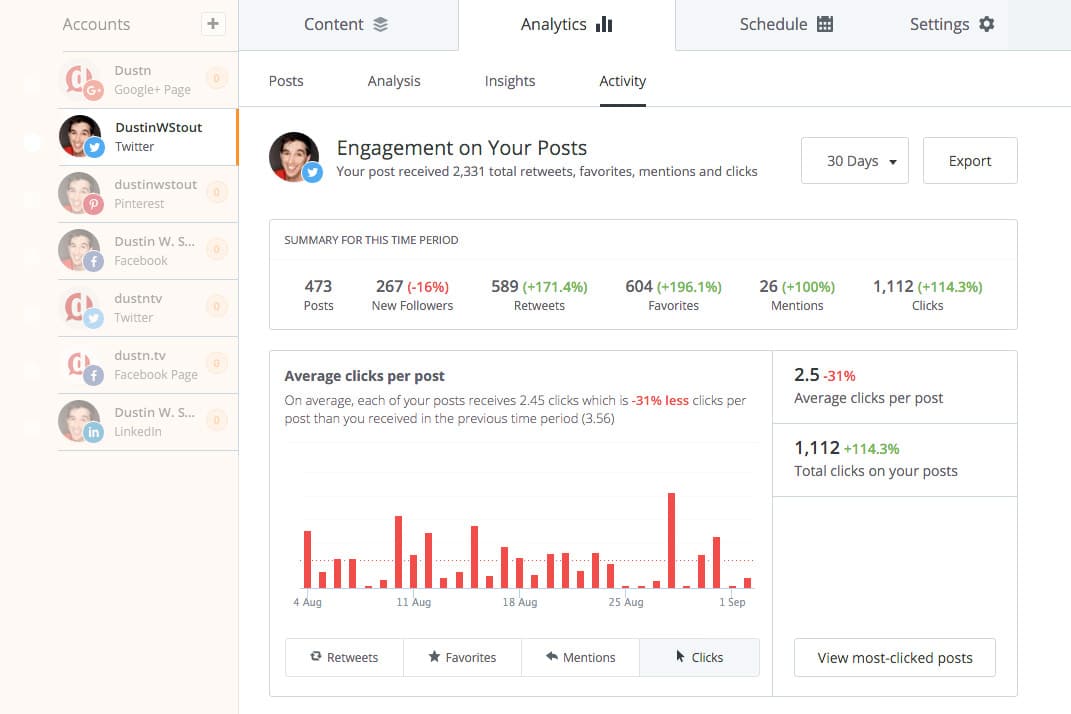
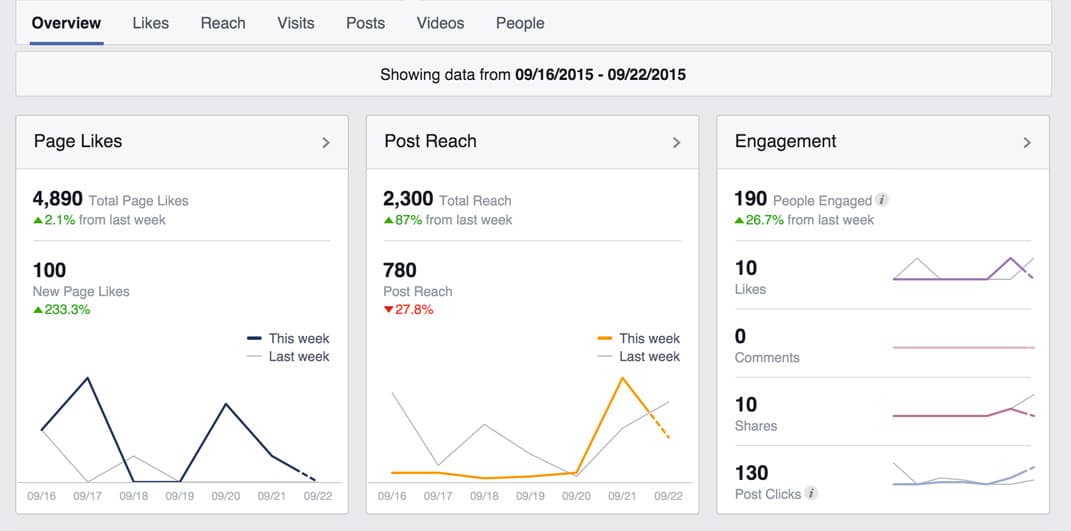



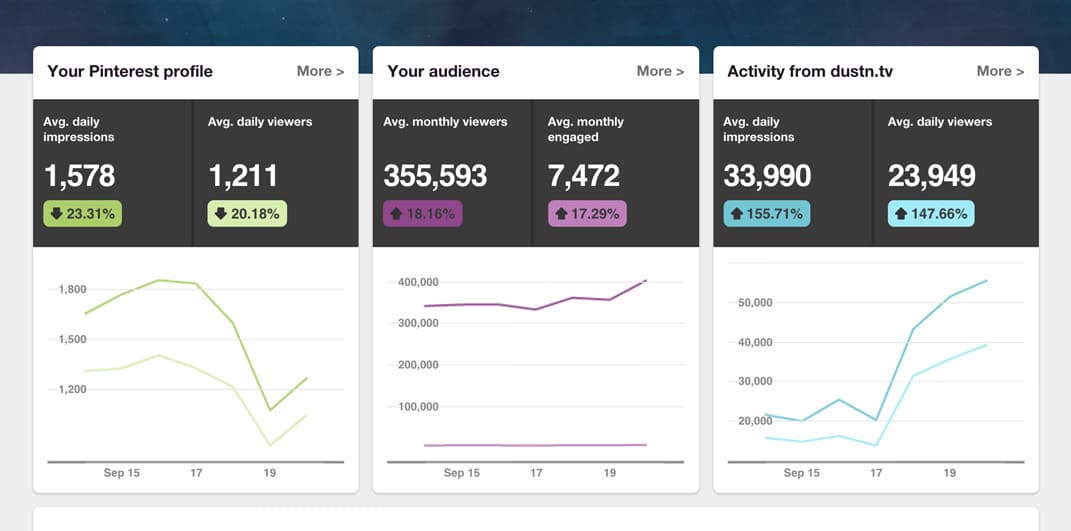
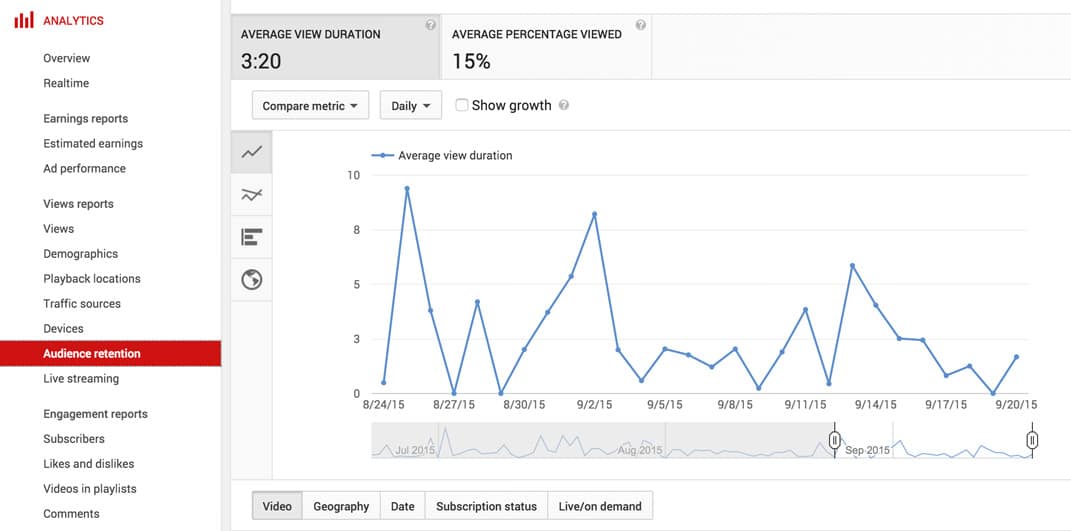
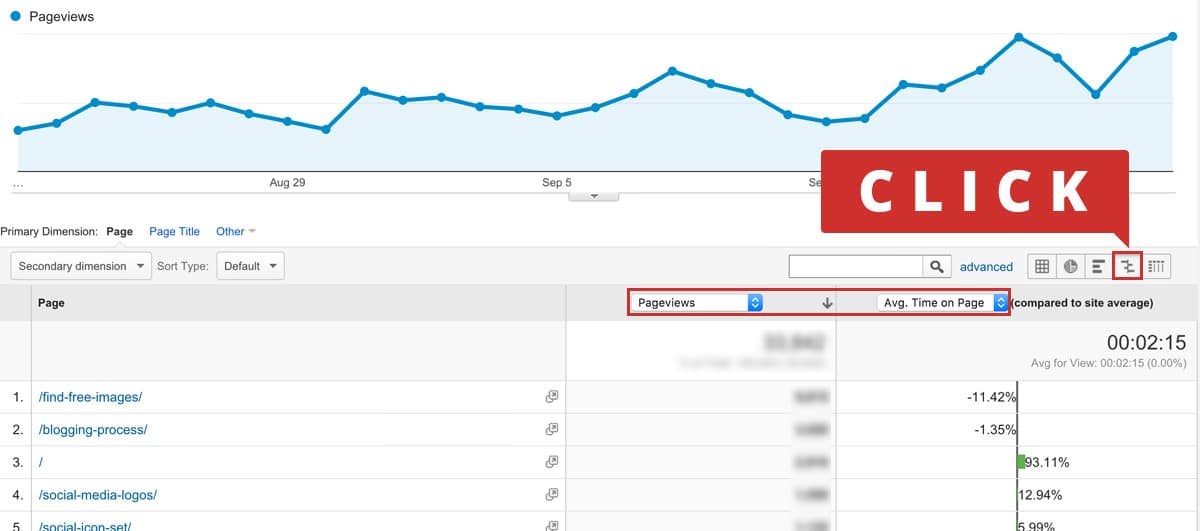
Leave a Reply
You must be logged in to post a comment.